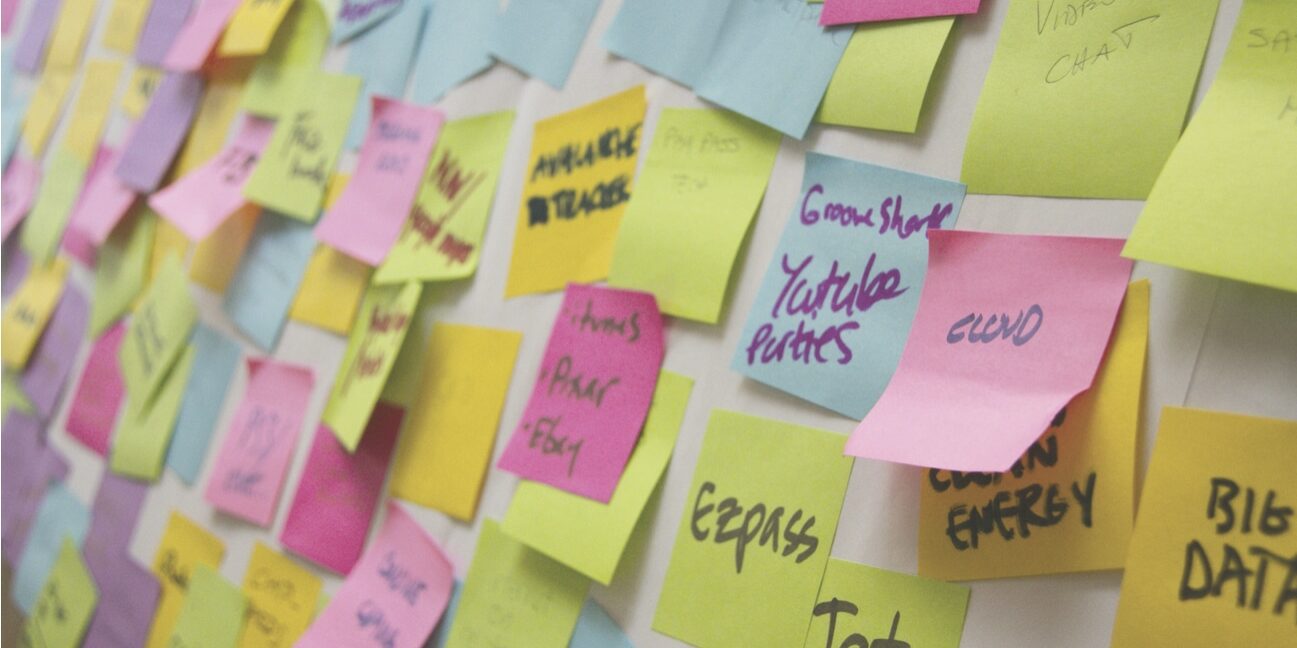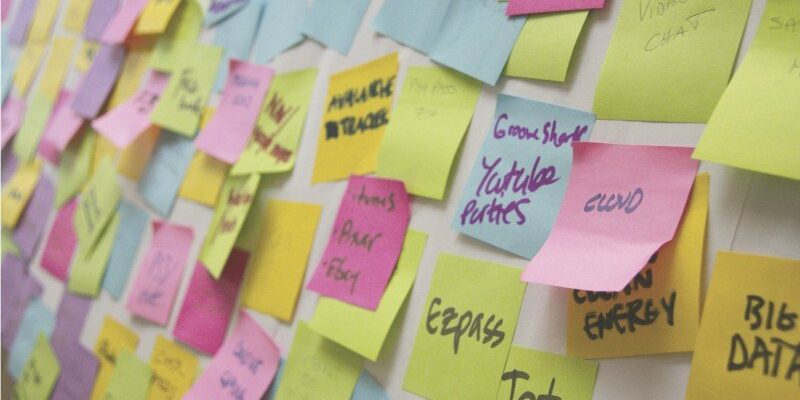

Future of learning is play
Skrevet av: Karim Benammar
THE ORIGIN OF SCHOOLS
I remember how surprised I was as a teenager when I learnt the etymology for ‘school’. School derives from the Latin schola and the Greek skhole, which means ‘leisure time’ or ‘time for idle discussion’. School is leisure? School, to my mind, was anything but leisure. School was hard work; it was difficult or boring, and sometimes both. As for idle discussion, that was confined to recess, and if you insisted on doing it in class, it would get you in trouble.
Leisure was not associated with school, but with play – what we would do as soon as school was out. Playing football, cards, or computer games, and having endless idle discussion about music, movies, and our favorite stars. The unquestioned underlying assumption – which we shared with our teachers and parents – was that learning happens at school, and not during play. Even learning to play a musical instrument wasn’t really play.
The traditional paradigm holds that learning needs to be serious; if you’re having fun, you’re doing something wrong. Learning is meant to be hard work. It needs to be done in an orderly, disciplined fashion – the students silent as the teacher speaks.
While there are some surprising exceptions, this is still the basis of most of the teaching happening in the world, and deeply entrenched in our way of thinking about learning. But is it true? Does serious learning require us to be serious?
LEARNING THROUGH PLAY
Education expert and high school journalism teacher Esther Wojcicki dares to let the kids have fun while they learn. She sends small packets of M&Ms flying though the class when she teaches tough grammar rules. The small reward introduces an element of competition which exists in play, and which is so evident in sports. It also introduces an element of frenzy, of jostling to be the first to respond. It’s fun: excitement rises, and at the same time, students really learn. The next day, they know it all. Kids love to play.
Of course, introducing play in the classroom is not just about bribing kids with chocolate. Wojcicki embeds her learning-as-play approach in a larger didactic approach of learning-by-doing. The first thing she did in her journalism class decades ago was to throw out the textbook. The students make their own award-winning newspaper and magazine. They learn by observing what the pros do, teach themselves how to use design software, and fund the paper by selling advertising – after all, we all live in the real world:
Wojcicki’s way of teaching illustrates a different paradigm: besides making us unhappy, orderly learning is often not conducive to learning at all. When things are just difficult and boring, learning is a slog – and it tends to happen at a snail’s pace. On the other hand, with an element of play, it is exciting and fun; students have an intrinsic motivation to keep going until they reach their goal. Play motivates us to remember things and to learn.
Play allows us to measure ourselves against others and against our previous selves. We get spurred on by a higher score in a game. There is deep pleasure and great satisfaction in beating someone at a game, in having the right strategy and making the right decisions. As digital learning expert Michael Levine points out, when you fail in a game, you know you always have another chance; it encourages risk-taking and productive failure. Games are exciting and enjoyable in and of themselves, and bring us instant gratification. The learning that occurs while we play is a welcome bonus.
TEACHING PLAY
This new kind of teaching is about organizing and facilitating play. Games have rules, and nobody minds that they do. Games are not free-for-alls; they are not chaos. Play happens within the structure of the rules of the game; games are highly regulated activities. The constraints are what makes games possible and exciting.
Someone needs to host the game – to prepare the field, to read out the rules, to keep time, to act as referee. What if teaching was all about letting that playful learning unfold – making it possible, acting as host and referee, and bringing out the qualities of curiosity, competition and desire in children? Wouldn’t that be a wonderful way to teach – and to learn?
We already have games that teach us about strategy and investing. Can we imagine and design games that teach us mathematics, or grammar, or foreign languages? What about learning musical instruments through games, so that playing music is about play again? Let us pour our energy and expertise into schools and teaching that reward and exploit our inherent capacity to learn through play, rather than stifle it.

SHIFTING THE PARADIGM
French philosopher and emeritus Stanford Professor Michel Serres recently proposed a paradigm shift for education. In the old paradigm, the teacher was the one speaking, while the students were silent; the teacher had privileged access to knowledge; and the teaching interaction was based on authority and institutional power.
In the new paradigm, there are no silent students; everyone participates in the conversation. A chaotic and joyous cacophony of voices replaces the single voice of authority. Today, everyone has all the information in the world literally at their fingertips. While information is not yet knowledge, facts, arguments and perspectives are equally open to all. Finally, the teacher-student interaction has shifted to become one of reciprocity: as all good teachers will tell you, they learn as much from their students as the students learn from them.

With all this chatter, the kind of idle discussion the Ancient Greeks had in mind is making something of a comeback. Play is becoming a central element in productive and serious learning, which makes learning less like hard work and more like leisure. Teachers like Esther Wojcicki are instigating and supporting the learning journey of their students through unorthodox but highly effective methods. In this new paradigm, schools have the chance to become schools in the true sense of the word.
[IMAGES: 1 THE OBLITERATION ROOM, YAYOI KUSAMA, 2011 / 2 CHILDREN PLAYING ON A ROOF, RENE BURRI, 1959]
Originalt innlegg: http://thnkinsights.com/the-future-of-learning-is-play/
